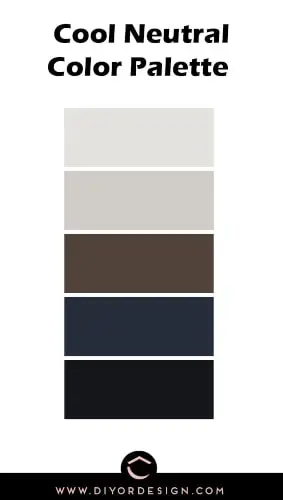
Near-neutrals are created by mixing a color with a true or pure neutral. Near-neutral shades include tans or other darker colors. Any other neutral is considered a near-neutral because although they may appear to be without color, they still have hue undertones. Black, on the other hand, has no true shade or tone variations because any variation of black is considered a shade of gray instead.Īll variations of neutral shades outside of pure white, black, gray, or brown are not true neutrals. White can be altered to become an “off-white” if a small amount of another color is added to it. You might be wondering, “Is white a neutral color? Is black a neutral color?” Yes, they are both neutral colors and they are known for being the boldest neutrals when in their pure state. Gray and brown can be created by combining two complementary colors and can have shade or tone variations if a small amount of another color is added to it. The most well-known neutrals are gray and brown. In line with this neutral colors definition, they are also known for being universal complements because they don’t compete with primary or secondary colors. Neutral colors aren’t commonly found on the color wheel, this is because they are defined as hues that seem to be without color.

3 Popular Neutral Shades in Interior Design.
LINE AND NEUTRAL COLORS HOW TO
2 How to Mix True Neutral and Near-Neutral Shades.


 0 kommentar(er)
0 kommentar(er)
